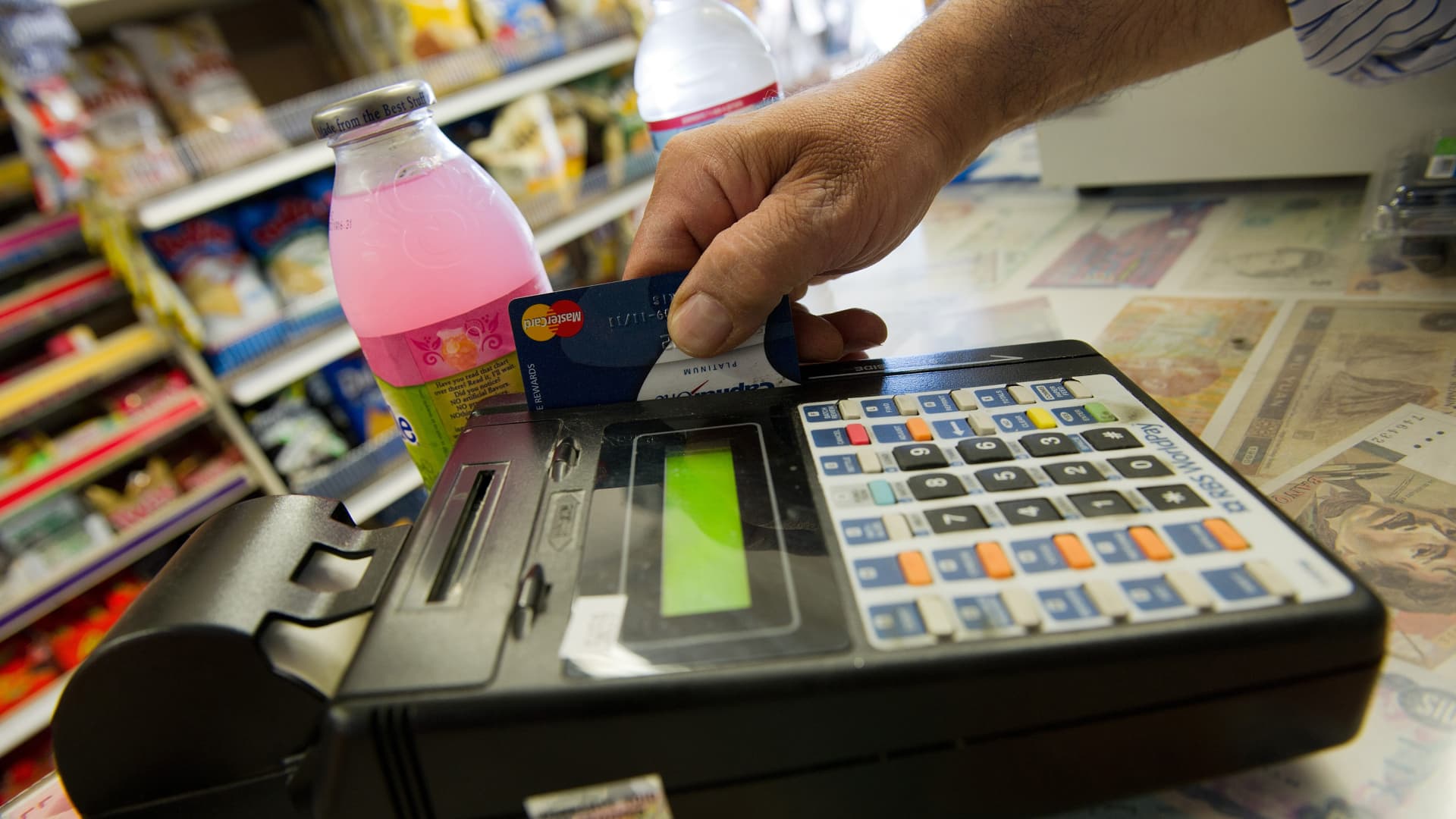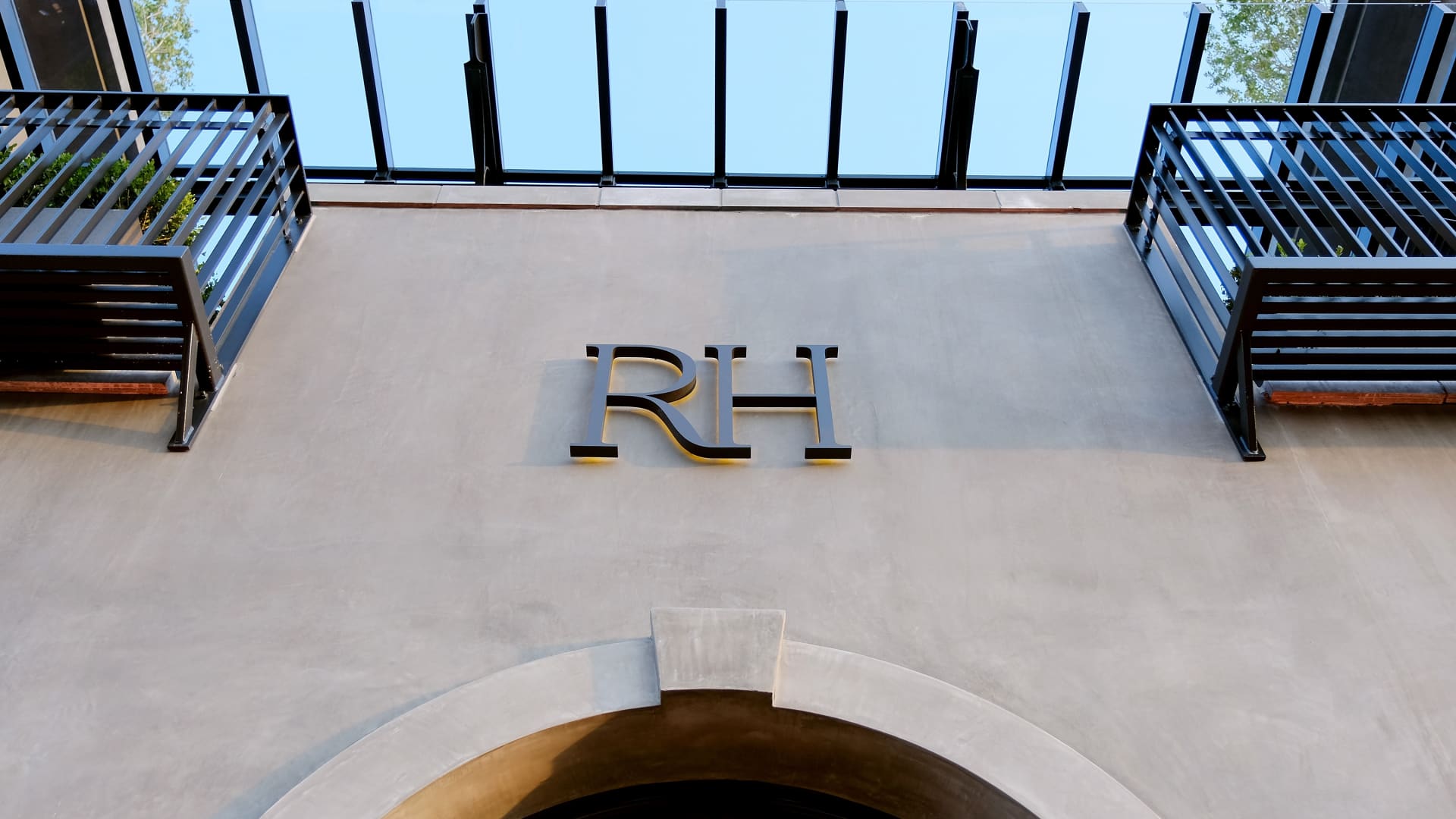‘Burdensome’ credit card swipe fees could add $2.5 billion to back-to-school spending, merchants say


Considering the impact of inflation, consumers are spending more on back-to-school supplies — and then some — as retailers pass along credit card fees in the form of higher prices.
This year, total back-to-school spending is expected to match the 2021 record high of $37 billion, according to the National Retail Federation.
The so-called swipe fees banks charge merchants to process credit card transactions on those purchases could total $2.5 billion during the peak shopping season, the Merchants Payments Coalition recently said.
More from Personal Finance:
Rising interest rates and credit card debt are a double whammy
Workers could see average raises of 4.1% in 2023
Focus on ‘personal economy,’ not possible recession
“These fees have been soaring for years but are particularly burdensome when families are hit with the high inflation that has weakened buying power this year,” said Doug Kantor, general counsel at the National Association of Convenience Stores and an executive committee member at the Merchants Payments Coalition.
Swipe fees, which are charged to merchants each time a customer uses their card, have long been a point of contention for retailers.
Banks and card companies charge about 2% of the transaction, on average, every time a credit card is used to make a purchase. Now, with margins strained, retailers are passing most, if not all, of that cost on to consumers.
Card payments have benefits, drawbacks for merchants
“Swipe fees are a hidden tax on almost everything Americans buy, regardless of whether they pay with cards or cash,” Kantor said.
But consumer use of credit and debit cards actually saves merchants money, according to Jeff Tassey, chair of the Electronic Payments Coalition.
“Electronic payments are four times cheaper for merchants to process than cash,” said Tassey. “According to big-box retailer’s own consultants, credit and debit card payments will save them over $7.5 billion on back-to-school shopping this year.”
It’s one of these costs of doing business.Ted Rossmansenior industry analyst at CreditCards.com
Still, swipe fees — also known as interchange fees — jumped 25% last year, to a record $137.8 billion for credit and debit cards combined, and have more than doubled over the past decade. When the National Retail Federation first started tracking swipe fees collected by Visa and Mastercard in 2001, they amounted to roughly $20 billion.
However, electronic payments also became essential in keeping businesses open during the pandemic. There had already been a significant decrease in cash usage over the past few years, but now most transactions are cashless.
“It’s one of these costs of doing business,” said Ted Rossman, a senior industry analyst at CreditCards.com.
“I would argue though that they bring benefits [for retailers], too,” he added, citing data that consumers spend more when they make purchases on a credit card instead of using cash.
There are advantages for consumers, as well. “Swipe fees also largely fund credit card rewards,” Rossman noted. There are some grocery rewards cards that can earn you as much as 6% back at supermarkets, while a generic cash-back card will earn you 2%.
“From a consumer standpoint, credit card rewards could be a huge inflation buster,” he said.
This post has been syndicated from a third-party source. View the original article here.




